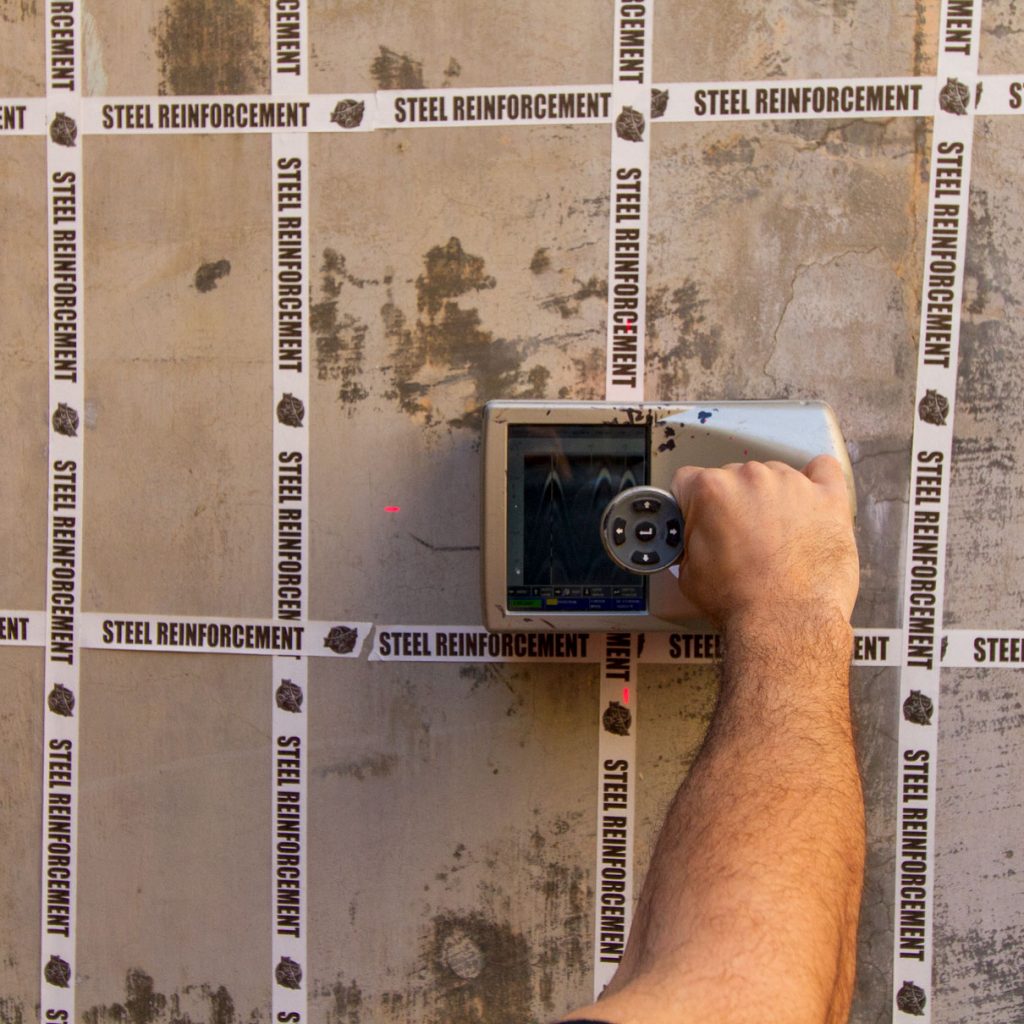Effective Concrete Scanning Techniques for Construction Tasks
Effective Concrete Scanning Techniques for Construction Tasks
Blog Article
Unveil the Transformative Power of Concrete Scanning in Making The Most Of Efficiency and Safety And Security
Concrete scanning has emerged as an essential device in the building and construction industry, supplying exceptional advantages in boosting task efficiency and making certain safety requirements. The transformative power of concrete scanning lies in its capability to offer real-time information and thorough understandings, revolutionizing how projects are planned and executed.
Importance of Concrete Scanning
Making sure the architectural stability and safety and security of building projects starts with the crucial action of conducting comprehensive concrete scanning. Concrete scanning is a non-destructive approach made use of to discover and map subsurface elements within concrete structures.
Furthermore, concrete scanning helps in optimizing task timelines and budget by avoiding unexpected expenses and hold-ups that may occur due to unanticipated obstructions within the concrete. Eventually, spending in thorough concrete scanning is a proactive technique that improves both effectiveness and security in construction projects.
How Concrete Scanning Works
Concrete scanning runs as an essential tool in construction jobs by utilizing sophisticated technologies to identify and map subsurface components without creating architectural damage. Ground Permeating Radar (GPR) and Electromagnetic Induction (EMI) are two key approaches utilized in concrete scanning. GPR works by releasing high-frequency radar pulses right into the surface area, which bounce back when they run into subsurface objects or gaps. The moment taken for the signal to return indicates the deepness and place of the objects. EMI, on the various other hand, utilizes electromagnetic fields to recognize variations in material make-ups, such as recognizing rebar or channels within concrete structures.
During the scanning procedure, the information accumulated is analyzed in real-time, allowing instant identification of possible risks or barriers below the surface area. This information help in decision-making, making sure that building tasks proceed securely and successfully. Additionally, 3D imaging software program can be used to create topographic maps of the subsurface aspects, additionally enhancing job preparation and implementation. By using these sophisticated modern technologies, concrete scanning dramatically reduces the danger of costly damages and injuries on building sites.
Benefits of Concrete Scanning
One of the main benefits of concrete scanning is the capacity to find and locate embedded objects such as rebar, post-tension wires, and conduits properly. Concrete scanning aids in preparation and making a lot more efficiently, as it provides exact information concerning the area and deepness of architectural parts.

Situation Researches: Concrete Scanning Success

In an additional case, a construction firm utilized 3D concrete scanning to examine the condition old concrete structures in a historical structure. The in-depth scans given important understandings right into the degree of wear and tear and assisted focus on upkeep efforts properly. By proactively addressing areas of worry recognized via scanning, the business had the ability to expand the life-span of the structure and guarantee occupant security.
These study underscore the transformative power of concrete scanning in improving effectiveness, precision, and safety and security in construction jobs.
Carrying Out Concrete Scanning in Projects
Implementing innovative scanning innovations throughout building and construction tasks has actually come to be increasingly important for enhancing precision and safety. By integrating concrete scanning into task preparation and implementation, construction teams can determine prospective dangers, such as rebar or post-tension cords, concealed within concrete frameworks. This aggressive technique lessens the danger of mishaps, hold-ups, and expensive rework, eventually bring about extra reliable job timelines and spending plans.
To implement concrete scanning efficiently, project managers should collaborate very closely with skilled scanning experts to determine the most suitable scanning strategies for the certain job demands. Involving scanning professionals from the onset of a task makes it possible for the team to create comprehensive scanning strategies that attend to essential locations of worry and guarantee complete data collection.
Moreover, including concrete scanning right into routine task operations can improve decision-making processes, as real-time check information supplies immediate understandings into the problem of concrete structures - Concrete Scanning. This data-driven strategy facilitates educated analytic and allows teams to make modifications quickly, cultivating a society of Click Here efficiency and security throughout the task lifecycle

Verdict
Finally, concrete scanning plays a critical role in improving performance and safety in construction projects. By using innovative technology to find and map out underlying structures within concrete, this procedure assists to avoid pricey mistakes, guarantee structural integrity, and lessen dangers on site. With the capability to uncover surprise aspects and offer accurate information, concrete scanning verifies to be a beneficial device for enhancing project end results and maximizing overall success.
Concrete scanning is a non-destructive Our site method made use of to find and map subsurface aspects within concrete frameworks. Additionally, concrete scanning aids in optimizing project timelines and budget by avoiding unexpected costs and delays that might occur due to unpredicted blockages within the concrete. One remarkable instance research study includes a massive improvement project where concrete scanning played a vital function in making sure job success.In one more situation, a construction company utilized 3D concrete scanning to analyze the problem of maturing concrete frameworks in my latest blog post a historic structure. By incorporating concrete scanning into job planning and implementation, building and construction teams can determine prospective hazards, such as rebar or post-tension cables, concealed within concrete structures.
Report this page